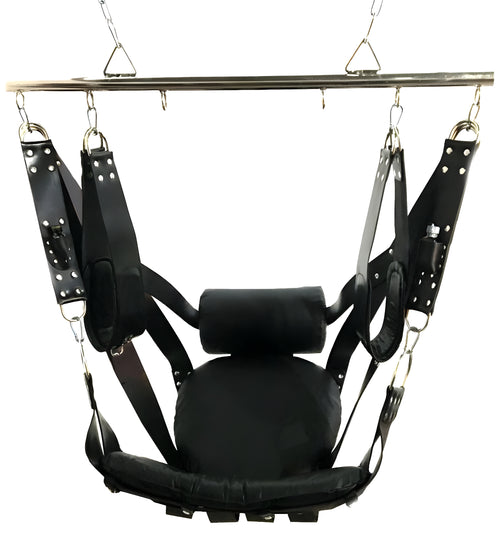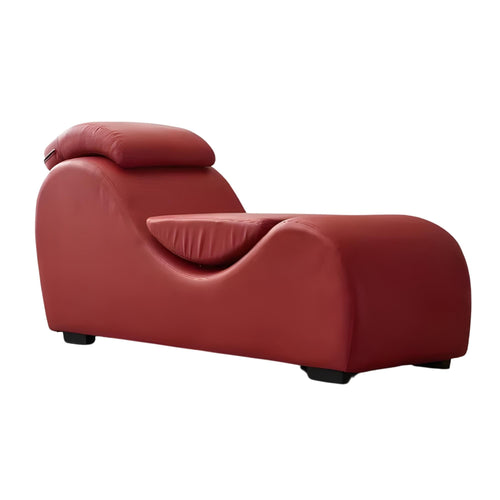Medieval Era: From the Fall of Rome to Renaissance Fashion
The medieval era, often referred to as the Middle Ages, is a fascinating period in history that bridges the gap between the fall of the Roman Empire and the dawn of the Renaissance. This era, which spans nearly a thousand years, is marked by significant cultural, political, and social changes that shaped the modern world. Let's dive into some key questions about the medieval period to better understand its timeline and significance, as well as explore the iconic medieval leather cloaks and costumes that defined the fashion of the time.
When did the Medieval Period Starts?

The medieval period is typically considered to have started around the year 476 AD, which marks the fall of the Western Roman Empire. This date is often used as a convenient marker to signify the end of ancient history and the beginning of the medieval era. However, the transition from ancient to medieval times was gradual and varied across different regions, so there isn't a single moment that universally marks the start of the Middle Ages. The early medieval period, also known as the Dark Ages, followed the collapse of Roman authority, leading to a time of uncertainty, invasions, and the formation of new kingdoms.
When Did the Medieval Period End?

The medieval period is generally considered to have ended around 1450 AD, a time that saw the beginning of the Renaissance and significant changes in European society. This transition was marked by the fall of Constantinople in 1453, the invention of the printing press around 1440, and the discovery of the Americas in 1492. These events ushered in the Renaissance, a period of renewed interest in art, science, and exploration, which ultimately led to the end of the medieval era. The late medieval period was a time of profound transformation, characterized by the decline of feudalism, the rise of powerful monarchies, and the beginning of the modern nation-state.</span></p>
Medieval Leather Cloaks and Costumes: A Glimpse into Fashion

The medieval era was not just about knights and castles; it was also a time of distinctive fashion that reflected the social status, occupation, and regional customs of individuals. Among the various garments worn during this period, leather cloaks were particularly significant, offering both functionality and style.
- Materials and Design: Leather was a prized material in medieval times due to its durability and protective qualities. Medieval leather cloaks were often made from animal hides such as cowhide or deerskin, which provided warmth and protection against the elements. These cloaks were designed to be practical, with a simple yet rugged aesthetic that suited the lifestyle of the era.
- Usage of Leather Cloaks: Leather cloaks were commonly worn by travelers, soldiers, and those who needed additional protection. The material's toughness made it ideal for harsh weather conditions and the dangers of travel. Knights and soldiers often used leather as part of their armor, incorporating leather cloaks or capes to protect against rain and wind while on the move.
-
Costumes and Clothing: Beyond cloaks, leather was used for other garments, such as tunics, belts, and boots. Leather armor, including leather jerkins and gambesons, provided additional protection in combat. These pieces were often reinforced with metal studs or plates, blending flexibility with defense. The utilitarian nature of leather made it a staple in the wardrobes of both the common folk and the warrior class.
Why Is the Medieval Era Important?
The medieval era is a crucial period in history for several reasons. It saw the development of many of the institutions and ideas that shape the modern world, including the establishment of universities, the codification of laws, and the growth of towns and trade. The medieval period also witnessed the spread of major religions, such as Christianity and Islam, which played a significant role in shaping cultures and societies. The era's art, literature, and architecture, including the magnificent cathedrals, castles, and illuminated manuscripts, continue to inspire and influence us today.
Conclusion
The medieval era, spanning from the fall of the Roman Empire in the 5th century to the beginning of the Renaissance in the 15th century, is a period rich in history and cultural development. Understanding when the medieval period started and ended helps us appreciate the vast changes that occurred during this time, shaping the foundation of the modern world. The fashion of the time, particularly the use of leather cloaks and other leather garments, provides a glimpse into the practical needs and cultural dynamics of the era. By studying the Middle Ages, we gain insight into the roots of contemporary society, politics, religion, and culture, making it an essential era in the study of history.
Read Next: louisevcbz096987.activoblog.com/29622971/the-5-second-trick-for-sex-sling
Leave a comment
Search Blogs
Featured Products
Our Recent Blogs

Shower Sex Guide: How to Make It Hot, Safe & Enjoyable (2025 Edition)
Shower sex can be steamy, sensual, and fun—but it’s also slippery without the right prep....
Read More
Fetish vs. Kink: What’s the Difference? (2025 Guide)
Short answer: a kink is an unconventional interest or activity that can enhance arousal; a...
Read More
The Deep Intimacy of a Power Exchange Relationship
A power exchange relationship is more than control—it’s trust, consent, and deep intimacy. Learn its...
Read More






POST COMMENTS